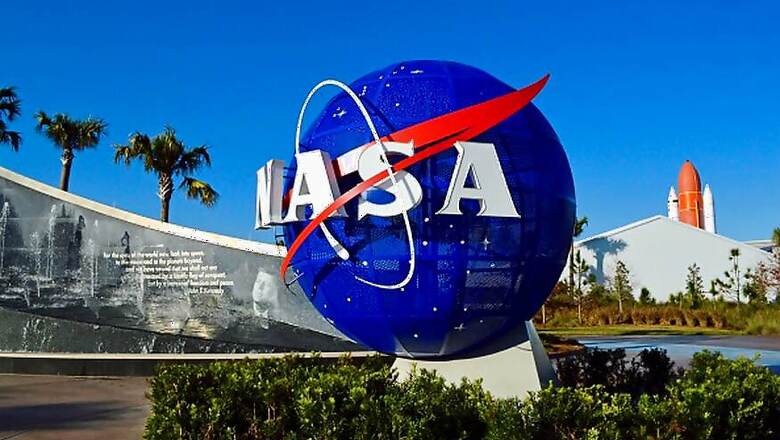
views
To continue long-term measurements of the Sun's incoming energy, NASA has powered on a new instrument installed on the International Space Station (ISS). The instrument, Total and Spectral Solar Irradiance Sensor (TSIS-1), became fully operational with all instruments collecting science data as of this March, NASA said.
Also Read: Xiaomi Redmi 5 to go on Sale For The First Time at 12 pm Today: Here is How to Buy
"TSIS-1 extends along data record that helps us understand the Sun's influence on Earth's radiation budget, ozone layer, atmospheric circulation, and ecosystems, and the effects that solar variability has on the Earth system and climate change," said Dong Wu, TSIS-1 project scientist at NASA's Goddard Space Flight Center in Greenbelt, Maryland.
Also Read: Samsung India Partners With BITS Pilani to Enhance Employee's Skill
TSIS-1 studies the total amount of light energy emitted by the Sun using the Total Irradiance Monitor, one of two sensors onboard. This sensor's data will give scientists a better understanding of Earth's primary energy supply and provide information to help improve models simulating the planet's climate. The second onboard sensor, called the Spectral Irradiance Monitor, measures how the Sun's energy is distributed over the ultraviolet, visible and infrared regions of light. Measuring the distribution of the Sun's energy is important because each wavelength of light interacts with the Earth's atmosphere differently.
Also Read: Facebook To Launch Oculus Go VR Headset At F8 In May: Report
For instance, spectral irradiance measurements of the Sun's ultraviolet radiation are critical to understanding the ozone layer -- Earth's natural sunscreen that protects life from harmful radiation. "All systems are operating within their expected ranges," said Peter Pilewskie, TSIS-1 lead scientist at the University of Colorado Laboratory for Atmospheric and Space Physics in the US.
Watch: Google Pixel 2 Review | Should You Buy it Now For Rs 42,000?


















Comments
0 comment